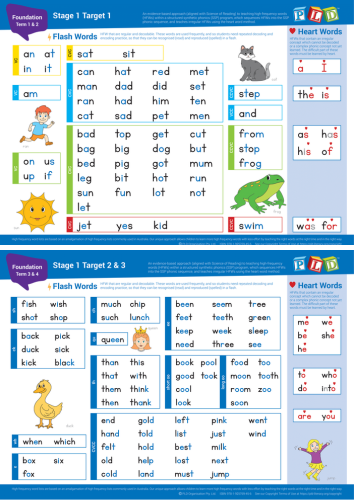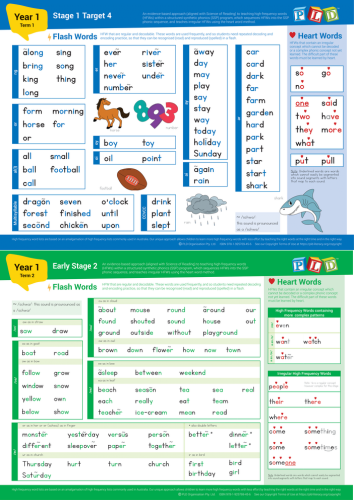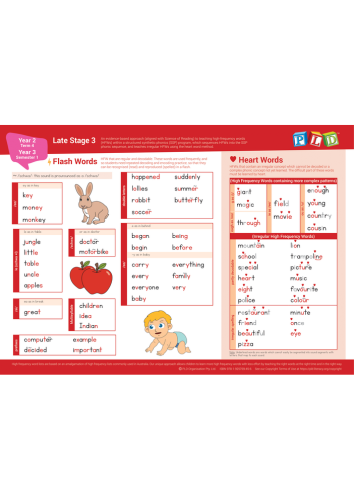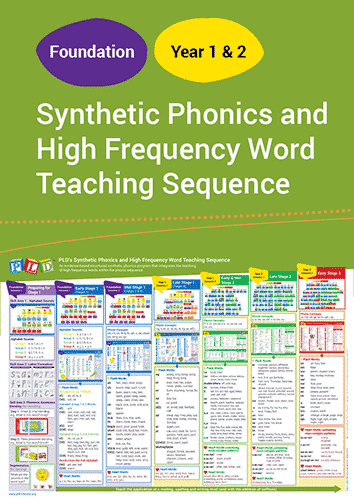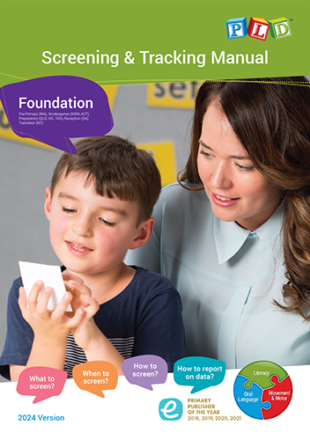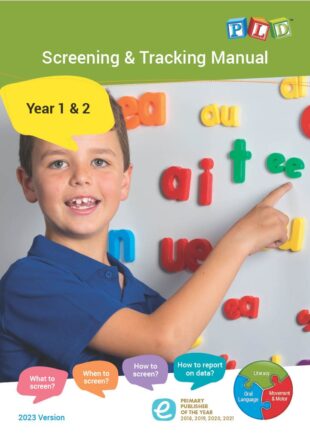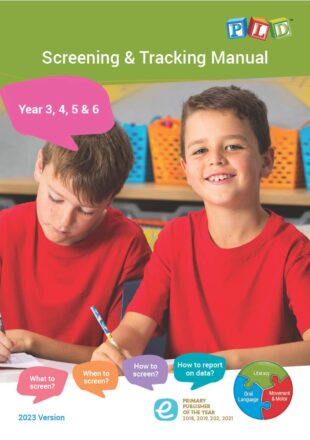Tip #1: There is a Need for Better Terminology and Understanding
“Sight Words” mean so many things to different people. The term “Sight Word” often provides a false impression that these commonly used words are to be learned by sight (or visual memorisation).
Research does not support teaching these ‘Sight Words’ as visual whole units without paying attention to the phoneme-grapheme (sound to letter) correspondences.
It is far more useful to regard ‘Sight Words’ as HFWs that need to be explicitly taught so they are learned by sight. Automatic recognition of words by sight is the end product that is achieved through systematic and explicit teaching.
Tip #2: Teach Pre-Literacy Skills BEFORE Introducing “Sight Words”
Too often “HFWs” are taught too early when students still have a very shaky grasp of the prerequisite skills. The International Foundation for Effective Reading Instruction reminds us that “children should never be asked to memorise lists of “Sight Words” before they have received instruction in phonological and phonemic awareness letter-sound correspondences and blending and segmenting and have at least started to apply decoding skills to convert written symbols to spoken sounds” (2015, p.1). Continue reading more of this compelling research here.
Teachers can support young students transitioning to literacy by teaching the prerequisite skills first so they will have the skills to process words.
Important prerequisite skills:
- Students need to know most of the alphabet sounds (rather than letter names).
- Students also require the phonemic awareness skill of blending so they understand how a word is formed.
Tip #3: Teach From Simple to Progressively More Complex
Introduce short, regular words initially and systematically work through to the more complex ones.
- Firstly, cluster the regular words that are decodable.
- Secondly, cluster all of the words that you can still apply a decoding principle but students will need to ‘stop and think’ because there is one element of irregularity. Applying the reading voice and spelling voice strategy to this group of words is recommended.
- Finally, the words which are highly irregular, a mnemonic will need to be applied.
PLD’s popular Time-Savers resources include ready-made lists for teachers to copy and give to students. The decoding and encoding word lists include simple to complex code and include HFW where they align with the phonic concept being taught. The words are colour coded according to the sounding out strategy i.e. by phoneme, rime or syllable. The symbol “HF” is next to any HFW that appears on the lists.
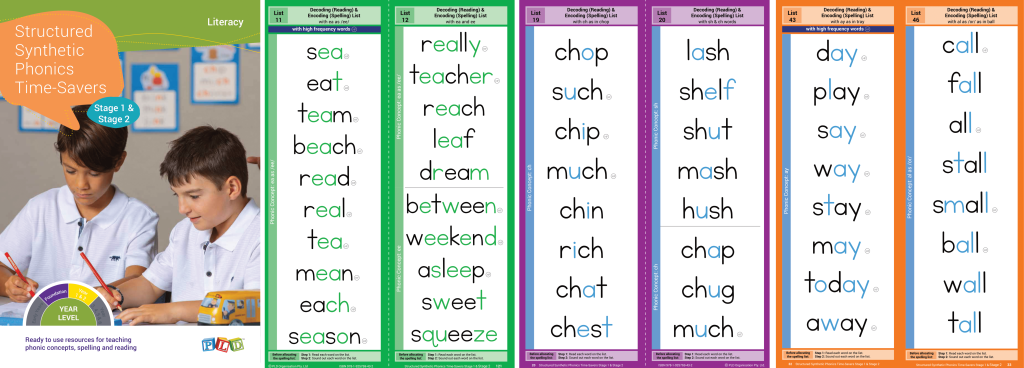
PLD’s Synthetic Phonics and High-Frequency Words Teaching Sequence Downloads
Tip #4: Group Similar High-Frequency Words Together
For example: do/to/who, be/he/me/she, how/now/down or with/this/then/them/than. This is where the boundary for teaching sight words or phonics becomes unclear because by focusing on these high-frequency words, phonics is also being instructed.
Tip #5: Integrate Sight Word Teaching Within a Structured Synthetic Phonics (SSP) Approach
Teach explicitly, systematically, and within your SSP program. DSF provides an overview of recommended evidence-based SSP programs and how sight words are integrated within phonics teaching and SSP. Remember: teaching sight words (or high-frequency words) is not separate from phonics instruction.
Tip #6: Move Away From Dated Approaches to Teaching Sight Word
High-frequency words need to be explicitly taught. Whilst multisensory activities such as sand-paper and shaving cream are fun, they do not produce results for your students.
The orthographic mapping theory explains that the words we can recognise automatically (i.e. by sight) are anchored in our long-term memory by connections between the pronunciation (phonological knowledge), our ability to identify phonemes within these words (phonemic awareness), and the letter sequence of words spelling (letter-sound correspondence). Therefore the most efficient way to teach these HFWs (or any word) is to teach students to map letters to the sounds they hear in the word.
Tip #7: The PLD Approach to the Explicit Teaching of HFWs
PLD recommends teaching HFWs through orthographic mapping. This is an auditory-based process where words are presented verbally without showing the written word and students are taught to map letters onto the sounds they hear in the word. The research explains that this auditory-based approach is likely superior to more traditional approaches which focus on presenting a word and requiring memorisation via a visual route.
- Introduce the word orally.
- Segment the word into phonemes verbally (NO letters) and emphasise each phoneme.
- Build phonological framework of the word.
- Read and spell the word several times.
- Elaborate by discussing the meaning of the word or using it in a sentence.
- Include a stack of flashcards for repeated reading and spelling practice.
Optional Screens are Available to Download in the Screening & Tracking Manuals
Further Reading
Notice:
Like a range of other Science of Reading programs, PLD applies the concept of HEART WORDS to irregular HFWs. However, PLD has adapted the commonly used application of HEART WORDS to also include orthographic mapping theory (and colour coding illustrating the relationship between phonemes and letters). PLD applies colour and the heart over the aspect (or aspects that are irregular or complex) for young literacy learners. These irregular (or complex aspects) and needed to be learned by heart.
Useful Blogs Referencing Heart Words:
- https://campinginprimary.com/orthographic-mapping-heart-words/
- https://theearlylearningplace.com/2021/10/15/what-are-heart-words/
- https://www.reallygreatreading.com/heart-word-magic
Small Sample of Other Programs Using Heart Words:
- Little Learners Love Literacy Free Downloads (littlelearnersloveliteracy.com.au)
- Reading Rockets A New Model for Teaching High-Frequency Words | Reading Rockets



 print
print